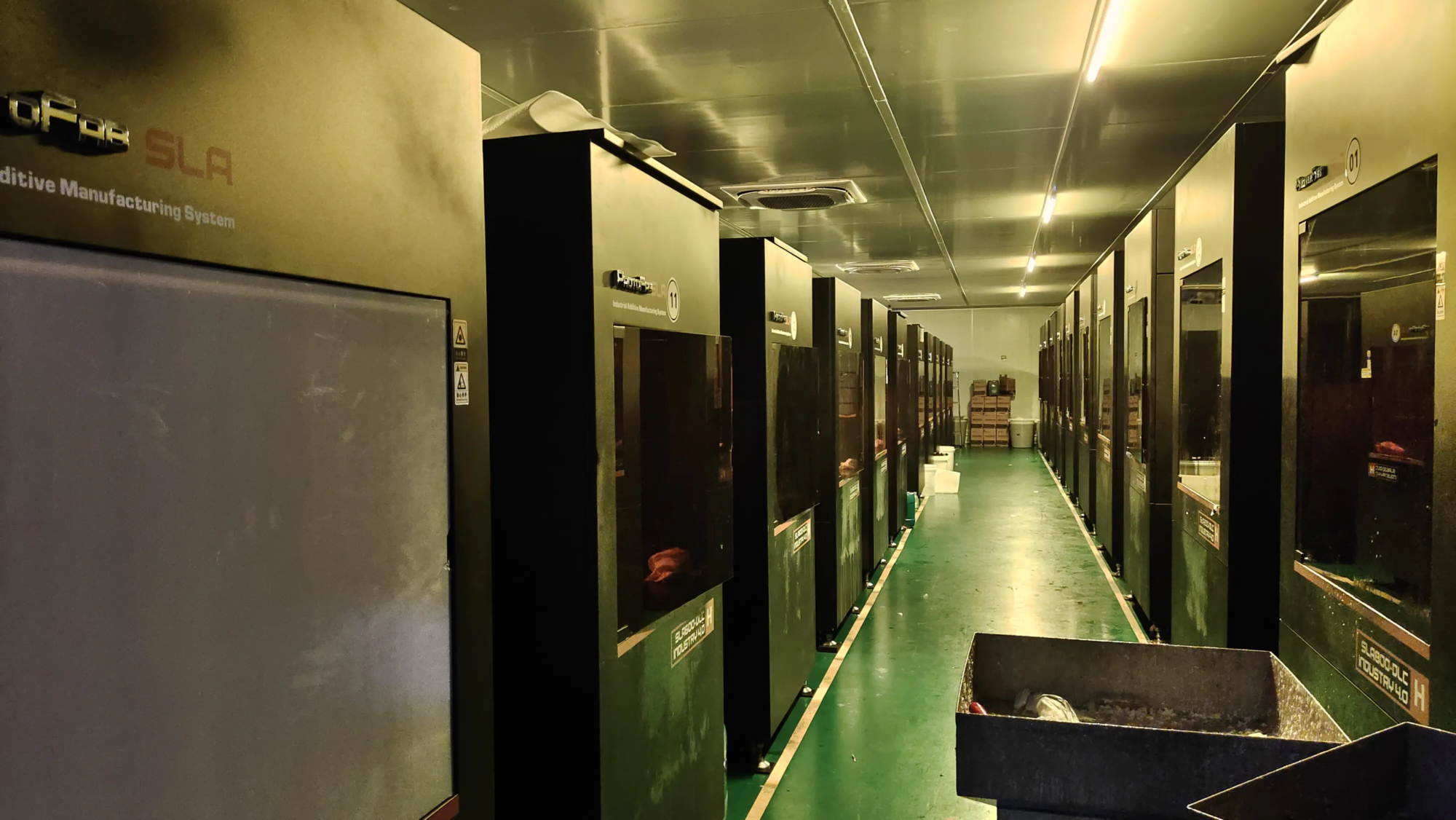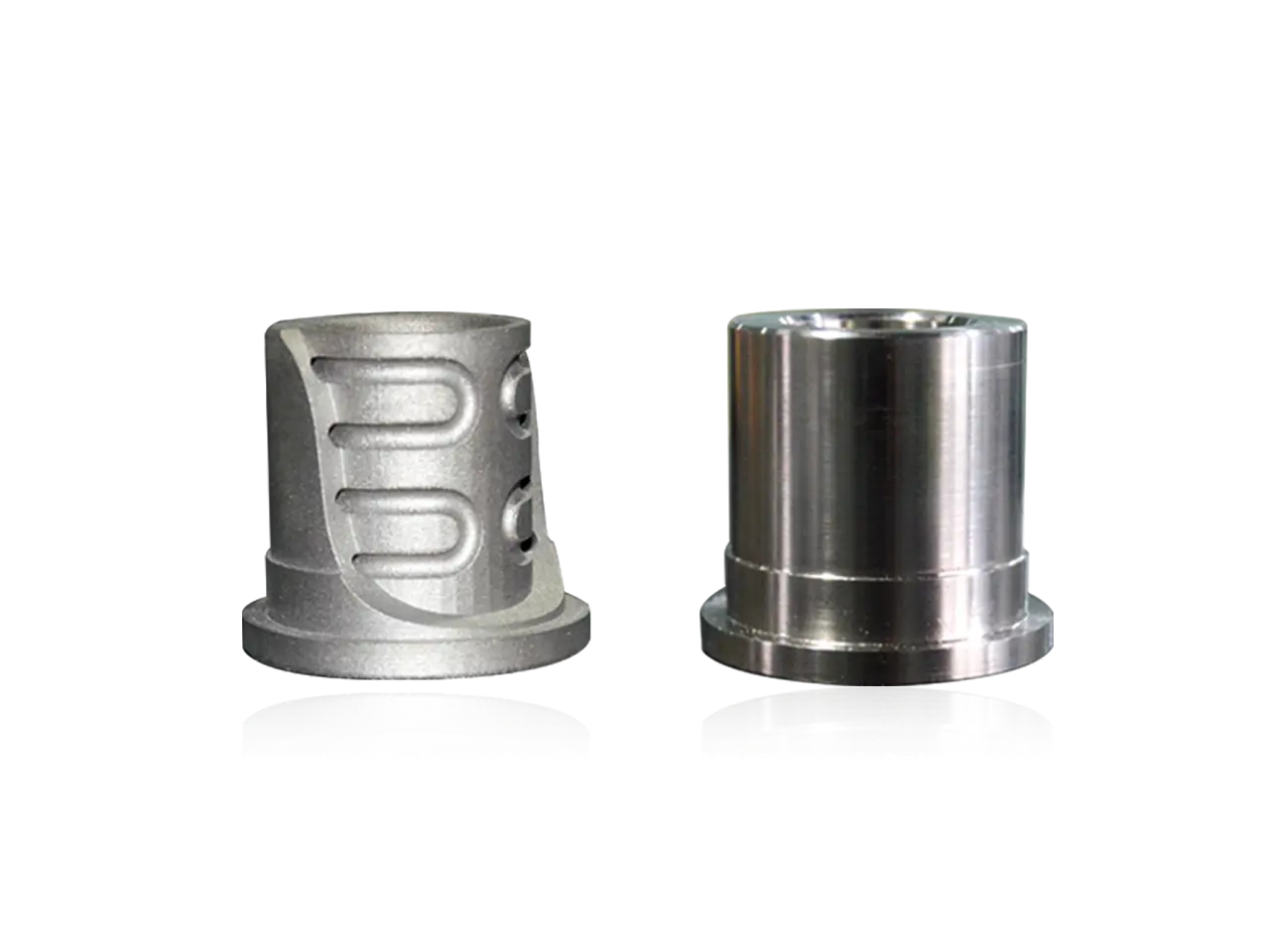From the initial definition of terminology, to the cover of materials, processes, equipment, tests and concentration on vertical applications such as medical care and aviation, the Chinese 3D printing system is constantly increasing.
1. Data published in ten years: standard frequency changes clearly map the rhythm of industry
By thinking about the history of the development of national Chinese 3D printing standards in the past decade, it is not difficult to see that it is very consistent with the pace of industrial development. According to incomplete statistics, from 2015 to 2025 (in April 2025), my country issued a total of 67 national standards related to 3D printing, showing a clear “in three stages” trend:
Phase 1: Exploration of the departure period (2015-2019)
The number of standards at this stage is limited, with an average of less than 3 elements per year, focusing on the fields of terms, file formats, etc., in order to establish a “consensus language” of the industry and to lay the foundations for subsequent development. The main general terms (such as GB / T 35351-2017 “Added manufacturing terms) and the classification of processes (such as GB / T 35021-2018” The classification of additional manufacturing processes and raw materials “) resolved the problem of unclear concepts at the initial industry stage.
Phase 2: Rapid expansion period (2020-2022)
2020 is a watershed, with the publication of standards that go up to 14 elements that year, marking the entry of an accelerated period of standard systems, covering areas such as metal powder tests, product performance assessment and data processing. By entering this stage, standards such as the evaluation of the fluidity of materials and the consistency control of the process parameters of various metal powders for additive manufacturing have been successively issued. The standard no longer depends on “can you fight” but “whether you are fighting regularly or not”.
Step 3: Concentrated epidemic period (2023 to present)
The number of versions has climbed to 20 in 2023, the greatest number in the last decade and has reached its peak, marking the rapid expansion of the standard national system to enter a high quality development stage. During this period, material standards dominated, reflecting the great attention of industry to the control of materials performance and the guarantee of consistency; The equipment standards have been promoted simultaneously, covering basic technical links such as the printing process, data processing and standard test parts.
OverallThe application standards are still relatively rare, indicating that there is still a lot of room for improving the construction of special standards for key areas such as medical care and aviation. Among the few application standards that have been published, such as “GB / T 45265-2025 General technical requirements for the additive manufacturing of prostheses of the lower limbs”, focusing on specifications of the printing process of human prostheses and will be officially implemented in June 2025.
2. Standard architecture portrait: directed technology, the application must be completed
Until now, national Chinese 3D printing standards can be divided into five categories, includingMaterialsThere are 32 standards, representing almost half, reflecting the great attention of the industry to the consistency of the control and detection of materials performance;EquipmentThere are 21 standards, covering basic technical links such as printing processes, test parts and data interfaces;Term categoryAlthough there are only 7 standards, it has built a unified technical language base for industry.
Other categoriesThere are 6 standards, covering management and service areas such as cloud platforms and supply specifications, indicating that the standard system gradually extends to the industrial chain;Application classThere is only one standard, representing less than 2%, which indicates that in the main areas of application such as medical care and aviation, there are still a large number of special standards which must be completed and improved. Overall, the current standard system already has a solid technical support, but it still has to further strengthen its arrangement in the terminal application layer.
3. Connect with the international community: the transformation of the roles of “supply” into “editor”
In the development process, the Chinese 3D 3D printing system is also constantly aligned with international standards. A large number of standards are compiled in reference to the ISO / ASTM 52900 series, achieving international unification of basic content such as terms and technology. In recent years, China has gradually increased from an “introducer” to an “old”, such as taking the lead in the formulation of the first international standard for 3D printing materials – ISO 5425: 2023 “Performance index of polylactic acid wires for additive manufacturing”.
However, compared to mature European and American systems, there is always a gap in the degree of refinement and update the efficiency of Chinese standards, especially in peak fields such as digital processes, quality monitoring and green manufacturing. The predictable appearance arrangement is always necessary. It is only by accelerating integration into the international standard system and by actively participating in the formulation of global rules that China’s equipment and materials “will become worldwide” and avoid restricting market expansion due to standard obstacles.
4. Modification of additive manufacturing equipment standards: evolving to a new stage of intelligence and systematization
In order to implement the “14th five -year plan for the development of intelligent manufacturing”, the Ministry of Industry and Information Technologies and the National Standard Committee recently published “Directives for the construction of the National Small Intelligent Manufacturing System (2024). Since 2015, the two departments above successively launched four versions of the directive to coordinate the promotion of standardization works. Currently, my country has published 472 national standards for intelligent manufacturing and more than 50 international standards.
In the latest standard construction direction published,Additive manufacturing equipment standardsIt is listed as a key development area. Relevant standards mainly cover two aspects:One isGeneral technical specifications such as the knowledge base of the process, the quality of the model data, test methods, detection indicators and performance evaluation;Second,Interface and communication standards such as data format and data interface are designed to improve the level of intelligence of equipment and system integration capacities.
In the future, the construction of standards will focus onGuide to building a process knowledge baseAndREQUIREMENTAL PRODUCTIONS REQUIREMENTSAnd other key projects promote the standard equipment system to be more systematic and intelligent, and provide standard support to improve equipment stability and print quality.
Standards are not the “ceiling” which restricts innovation, but the “foundation” which ensures the healthy development of industry.Over the past decade, the 3D printing standard system in China has experienced all the journey from the start -up industry to maturity. In the future, while 3D printing moves more to terminal application scenarios, the standard system will be more three -dimensional, applied and intelligent, becoming an important driving force for the industry to move more regularly and further.





